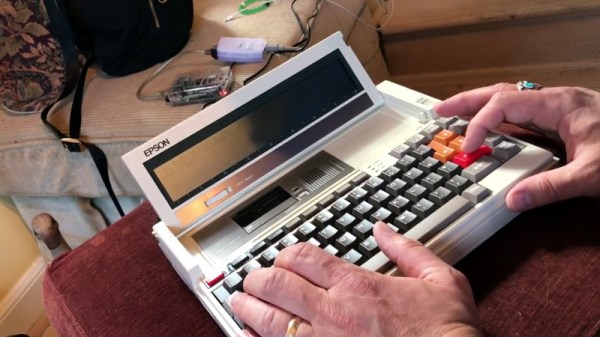Hackaday editors Elliot Williams and Mike Szczys recap a great week in hardware hacking. There’s perfection in the air as clever 3D-printing turns a button and LED matrix into an aesthetically awesome home automation display. Take a crash course in RF modulation types to use on your next project. Did you know the DB-9 connector is actually a DE-9? Building your own underwater ROV tether isn’t as simple as it sounds. And Elliot found a treasure trove of zero-ohm jumpers in chip packages — what the heck are these things for?
Take a look at the links below if you want to follow along, and as always tell us what you think about this episode in the comments!
Take a look at the links below if you want to follow along, and as always, tell us what you think about this episode in the comments!
Direct download (60 MB or so.)















